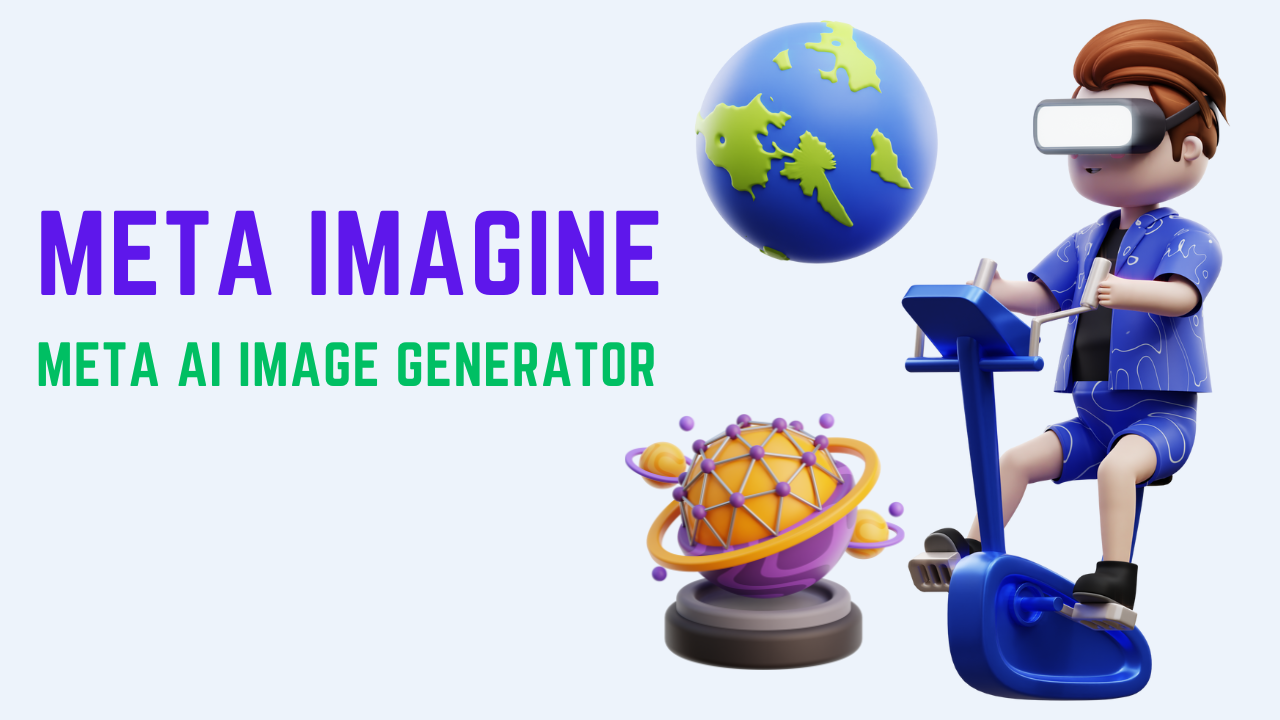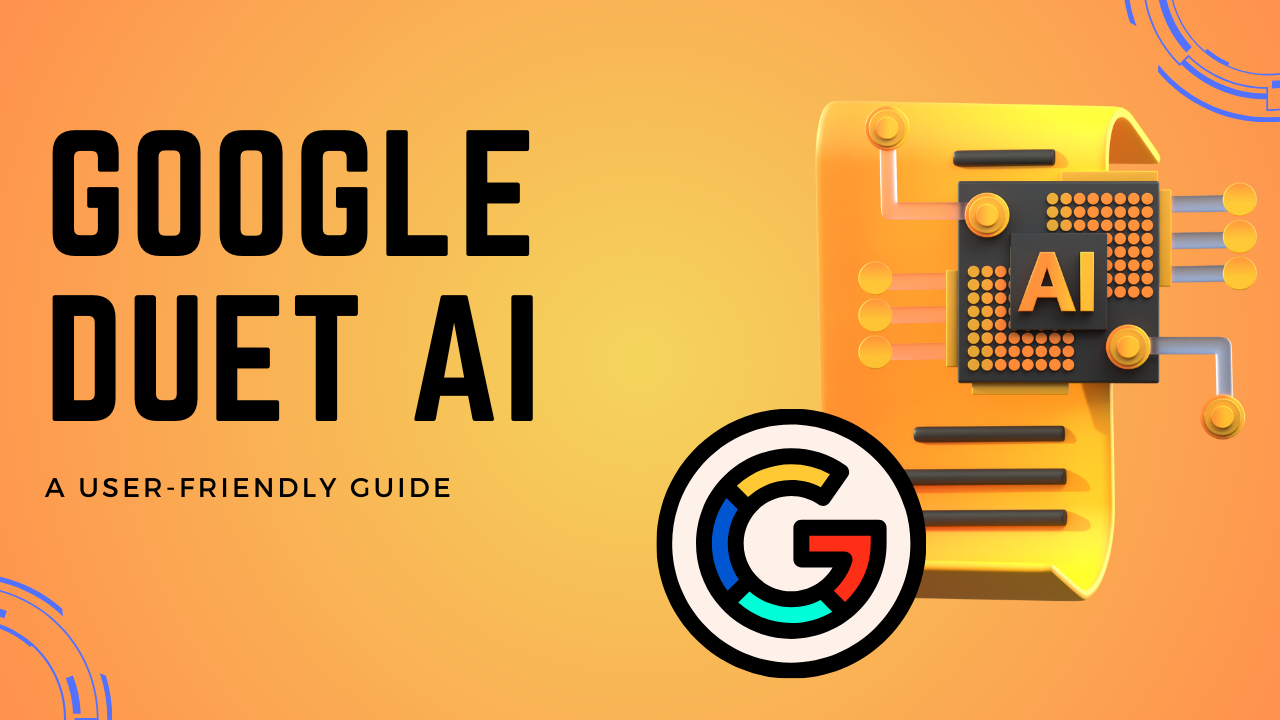Formerly recognized as Facebook, Meta has introduced its cutting-edge Meta AI Image Generator, named Imagine. This tool is designed to turn text prompts into shareable images. Even though it currently supports only English prompts, it is freely accessible on the web for users in the United States. In this article, we’ll explore the features of Imagine, its controversies, and the technology behind it.
Getting Started with Meta Imagine
Meta Imagine allows users to bring their ideas to life by creating images through natural language descriptions. It harnesses the power of Meta’s Emu image generation model to produce high-resolution images based on text prompts. Currently, the service is free for U.S. users, and each prompt generates four images for users to choose from. To use Imagine, users simply visit Meta Imagine Website and then you need to log in with a free Meta account.
Addressing Controversies: Invisible Watermarks

Meta’s image generation model has faced controversy in the past due to racially biased image stickers. In response, Meta has taken steps to address these issues. Imagine with Meta will now incorporate invisible watermarks into generated images. These watermarks, detectable by AI models, aim to enhance content transparency and mitigate potential biases in the generated images.
Training Data and Privacy Concerns

Meta Imagine used a vast dataset of 1.1 billion publicly visible Facebook and Instagram images to train the Imagine AI model. While this raises concerns about privacy, Meta assures users that it only utilizes publicly available photos for training purposes. Nevertheless, users can maintain their privacy by setting their photos to private on Facebook or Instagram.
Understanding Imagine with Meta AI Image Generator

Similar to other image generation models like Stable Diffusion, DALL-E 3, and Midjourney, Imagine with Meta AI creates images based on visual concepts learned from training data. Users can create images with a Meta account, which can be imported from existing Facebook or Instagram accounts. Each generation produces four 1280×1280 pixel images, saving them in JPEG format with a small “Imagined with AI” watermark in the lower left-hand corner.
Performance Overview
Meta’s image generation model, although generally proficient, has faced comparisons with other models like Midjourney. It excels in creating photorealistic images and handling complex prompts but may not perform as well in text rendering. The model attempts various media outputs, such as watercolors and pen-and-ink, with mixed results. In the realm of AI image synthesis, Imagine with Meta stands as an average performer.
Emu: The Heart of Meta’s AI Image Generation

Emu, the AI model powering Meta’s image generation features, achieves its quality through a process called “quality-tuning.” Unlike traditional text-to-image models, Emu focuses on aesthetic alignment after pre-training, using a set of visually appealing but relatively small images. The core of Emu lies in its massive pre-training dataset, comprising 1.1 billion text-image pairs extracted from Facebook and Instagram.
Ethical Considerations and Meta’s Approach

Meta’s approach to AI image generation differs from other companies, as it has access to a vast amount of image and caption data from its services. While Meta’s Emu research paper doesn’t specify the source of its training data, it appears to rely on social media posts. Unlike other AI models, Meta’s research paper on Emu is notably silent on the potential for the model to generate harmful content or disinformation.
Handling Concerns: Filters and Watermarking
Meta addresses potential harmful outputs by implementing filters and proposing an invisible watermarking system, yet to be operational. The company acknowledges the possibility of inaccuracies or inappropriate content with a disclaimer on the website. Despite potential concerns, the process of generating images with Imagine can be enjoyable, reflecting the evolving landscape of AI image synthesis.
Conclusion
In the age of AI, Meta’s Imagine stands as a creative tool that transforms text prompts into visual art. While it navigates controversies and addresses ethical concerns, it provides users with a platform to unleash their creativity. As technology continues to advance, striking a balance between innovation and responsibility remains crucial for the future of AI image synthesis.
Venturing into the realm of AI image generators, Meta has introduced its own tool, Meta Imagine. While there are other notable players like DALL-E 3, Midjourney, and Stable Diffusion in the market, Meta’s entry adds a new dimension. Feel free to examine Meta Imagine and compare its performance with other models. If you’re curious about Stable Diffusion, our website has comprehensive coverage for you to explore.








